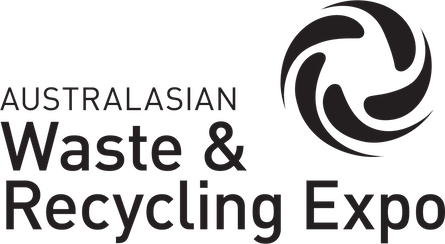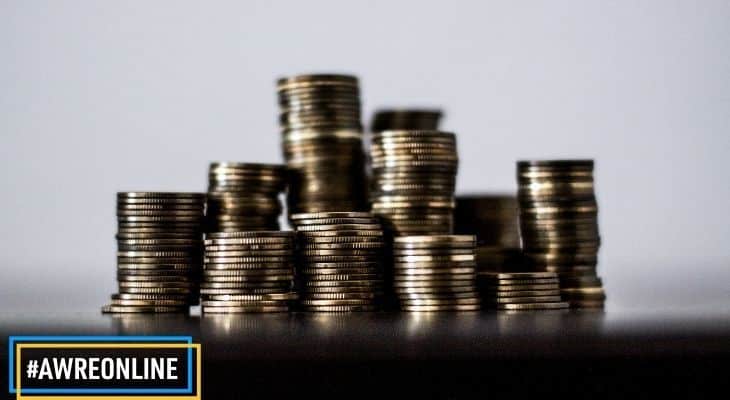5 TAKEAWAYS | A Circular Economy in Action
The circular economy is more than waste-management process, rather an economic system embracing innovation and digital transformation delivering jobs, sustainability and productivity outcomes.
A staggering 88% of Australian business leaders believe the circular economy will be key to the future of business, according to research from Planet Ark. The 2020 Circularity Gap Report (CGR) also forecasted global circular economies will rise to a value of $210 billion in GDP by 2048, while creating 17,000 new full-time jobs in the process.
This session explored the economic framework that makes up circular economies, and how that translates to managing waste, delivering new jobs, sustainability and productivity outcomes by talking to 3 companies leading the circular charge.
If you would like a recap of the session check out our 5 takeaways below!
1. Re-thinking linear approaches
When Annie Thompson started Worn Up, an approach to sustainable schoolwear, 4 months ago, she found that a lot of people didn’t understand how linear the lifecycle of a school uniform was and realised that the ‘Take, Make and Dispose’ cycle needed to be broken.
They estimate that each school discards about 100 – 200kg of non-wearable uniforms per year. This means that potentially over 2000 tonnes of uniform textiles are ending up in Australian landfill. Add to this unwearable corporate and sporting club uniforms and Worn Up realised the not only was the problem scalable but so was the solution.
Working with schools across Queensland, such as Hillbrook Anglican School Queensland, the organisation aims to up-cycle and save 100 tonnes of school uniforms going to landfill, by taking unwanted or outgrown school uniforms and turning them into everyday items like pet beds, school desks and acoustic tiles. And they are actively engaging with other states to roll out a national approach to uniform up-cycling.
And while Annie said her biggest challenge, like any start-up, was funding she also commented that her biggest win has been the support she has received from corporates, councils, business, schools and their students alike, proving that breaking the linear cycle was impossible.
2. Textiles cost a tonne
With a former career in clothes manufacturing, Annie has seen first hand the waste produced from textile production and worn up has committed to a target of zero textile waste to landfill by 2030.
And while she ‘loved’ the advances made in responsible textile manufacturing, they are not addressing the underlying issue of oversupply to the market. With textile waste either stripped for rags and sent offshore at cost, or sent to landfill at a cost of $280 per tonne much more is needed to establish a viable circular textile economy, especially when 95% of all textile waste in landfill is recyclable.
And it’s not just the waste cost that can benefit from a more circular approach, with other sustainable opportunities as well with 10% of all global CO2 production coming from textile production and 1 cotton t-shirt using 2,700 litres of water to produce.
3. Making waste beautiful
As a leader in commercial and residential manufacturing, Mirvac similarly has identified their contribution to the larger waste cycle and is committed to zero waste from their projects by 2030. Mirvac’s National Marketing Director, Natasha Ryko, said that Mirvac had already succeeded in diverting 95% of their waste from landfill, spending $14m across their construction sites in the process, however noting that the last 5% was proving harder to budge.
With construction materials comprising 60% of total waste and contributing 41m tonnes to landfill, it’s a burden that the environment couldn’t continue to bear.
To combat this, Mirvac set out to prove that construction can be both beautiful and sustainable. Working alongside the UNSW SM@RT Centre for Sustainable Materials Research and Technology and in collaboration with designer Emma Elizabeth, they created a display apartment made entirely from waste materials.
Combining function and form, corflute paneling became architecturally sculptural furniture, while glass and textiles were turned into table tiles and decorative pieces. And the real beauty lies in that every piece can be broken down again and recreated into more stunning design pieces.
“For over 20 years Mirvac has been exploring sustainable alternatives,” Natasha commented. “Since then our customers have become much more receptive to sustainability inclusions, as we have continued to prove that durability and sustainability can go hand in hand in construction.”
4. Changing a culture of disposability
Terracycle General Manager, Jean Bailliard, believes everything can go circular and is working towards incorporating more FMCG companies into their Loop Framwework.
“Only 16% of packaging is recycled,” Jean stated, and while he agreed that making products from waste material is a crucial part of the circular process, he said that it is not solving the root cause of the problem, the modern culture of disposability.
Where in the past companies took ownership of their packaging, such as milk suppliers using glass bottles and then returning to collect the empty vessels to refill them, modern FMCGs have handed ownership of their product and consequently their packaging to the consumer, who in turn simply dispose of the item once it is used.
Jean believes that brands need to take back the ownership from the consumer, by supplying more aesthetically pleasing, yet reusable packaging. In fact, many brands have started to return to their more traditional forms of packaging with companies like Coca-Cola reverting to glass bottles, saying that it not only improves the taste, but allows them to recycle or reuse the products in a more sustainable loop.
While Jean conceeded that not all products could be reused, like toothbrush heads, for example, there’s no reason that companies couldn’t redesign their products to include reusable elements or innovate in their packaging to be more sustainable and durable, like P&Gs new shampoo bottle made from collected beach plastics.
5. Making green cost competitive
So is there a cost barrier to giving products a second life, from both manufacturing or consumer perspective? Simply put no.
Across the globe, companies and nations have committed to reducing landfill and waste. In Australia alone, all FMCG companies will be required to make their products either recyclable, reusable, or compostable by 2025, said Jean.
In fact, in a recent survey, 25% of Australians said they have boycotted a brand because they don’t view them as sustainable, up from 14% in the previous year, so the demand for greener packaging is growing.
With schools, homeowners and everyday consumers increasingly demanding more sustainable options, perhaps closing the loop isn’t as far off as one thought.
Panellists
Lisa McLean, NSW Circular (Moderator)
Natasha Ryko, Mirvac
Annie Thompson, Worn Up/Sustainable Schoolwear
Jean Bailliard, Terracycle
Register online! Simply click here to register free online.
-
Subscribe to the latest industry news, insights and AWRE updates.
- Subscribe

